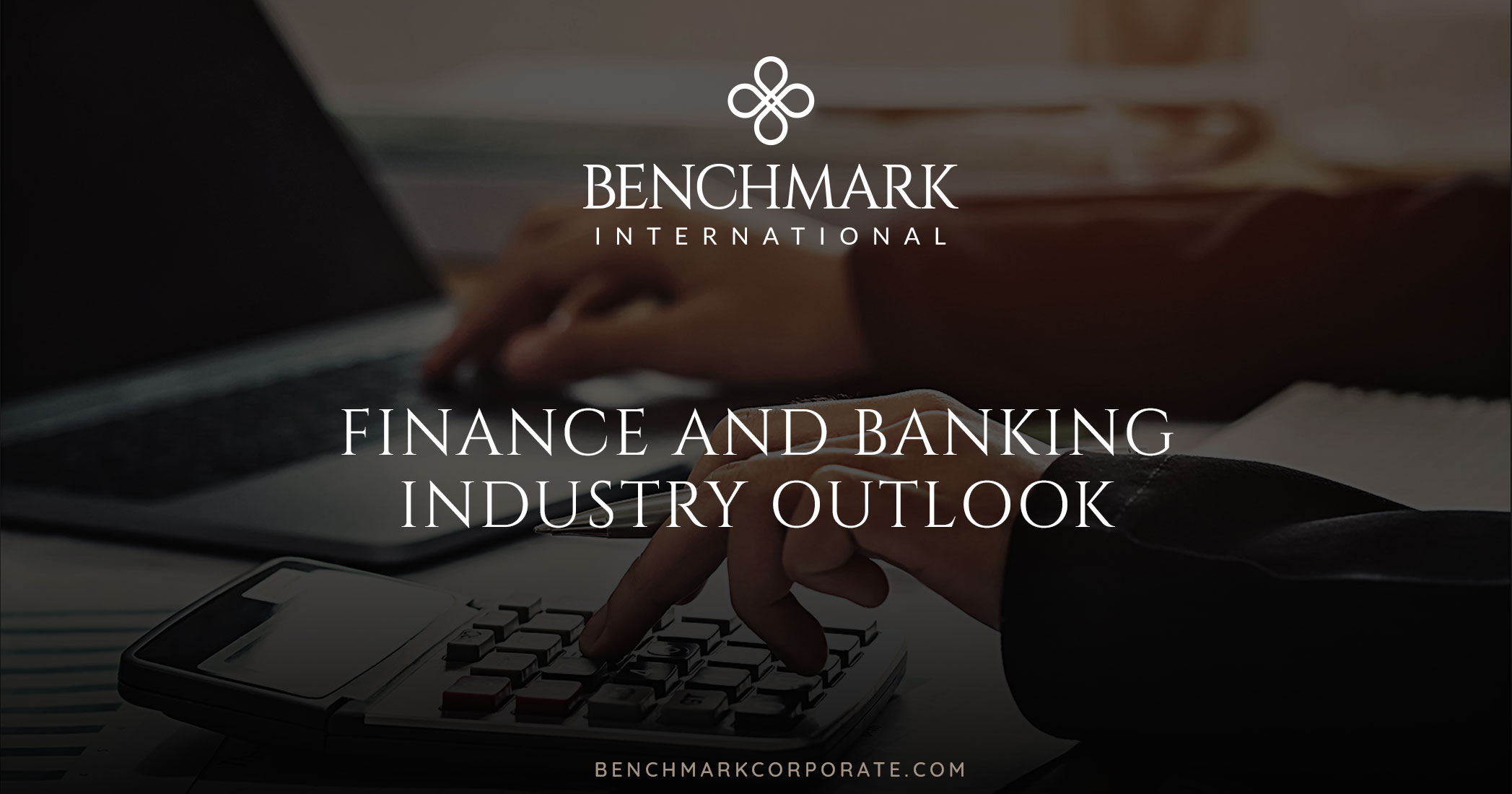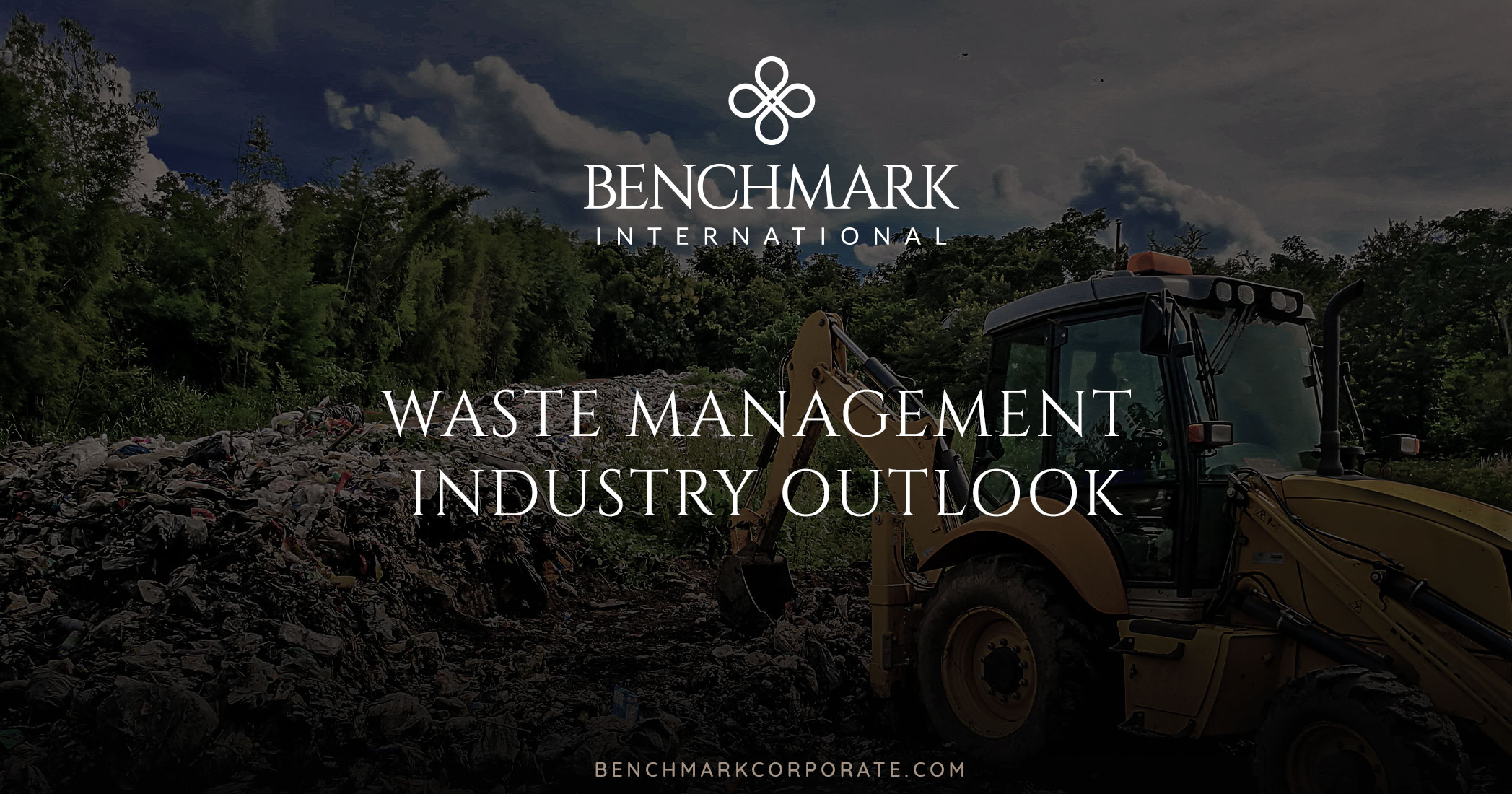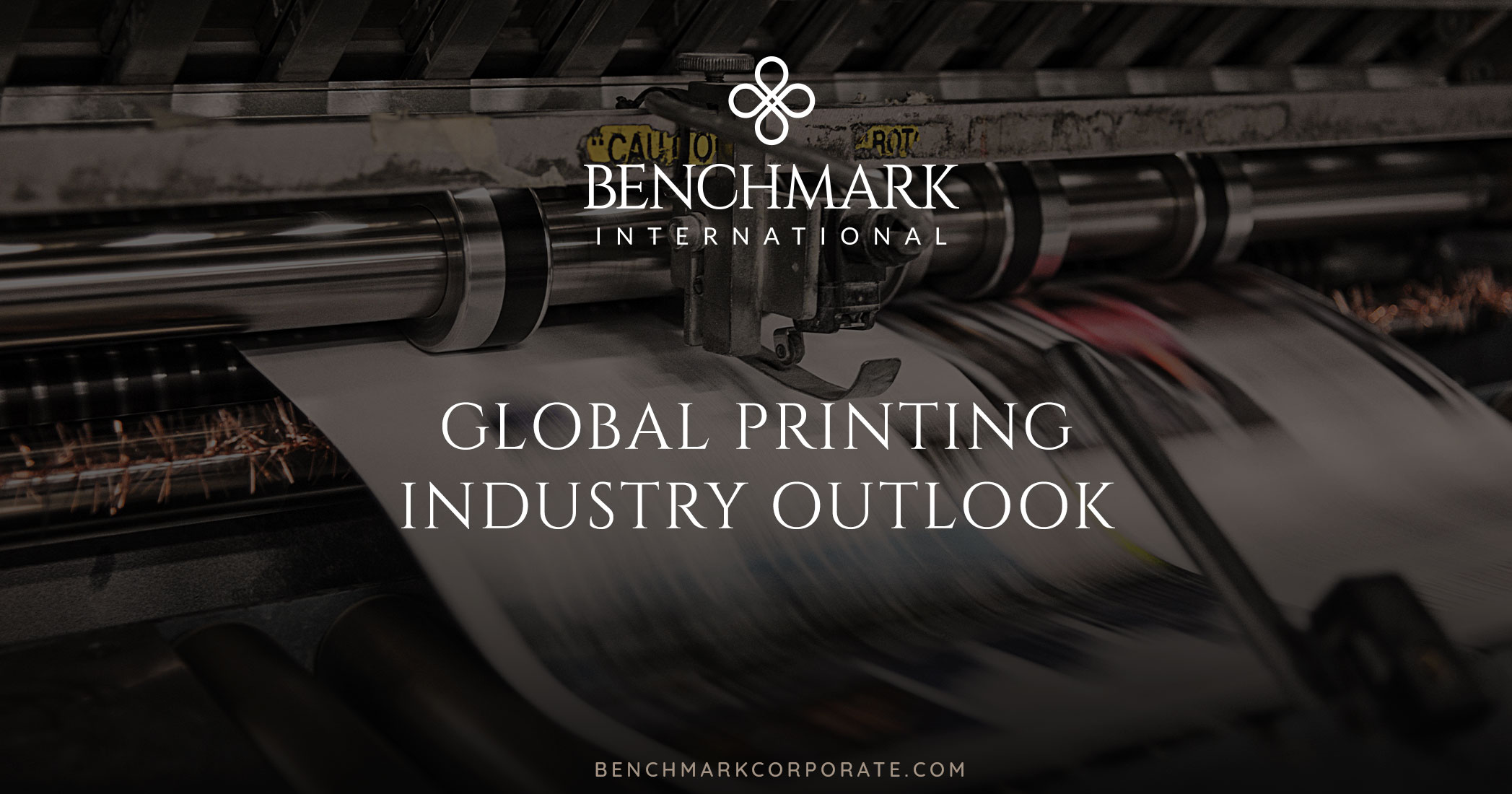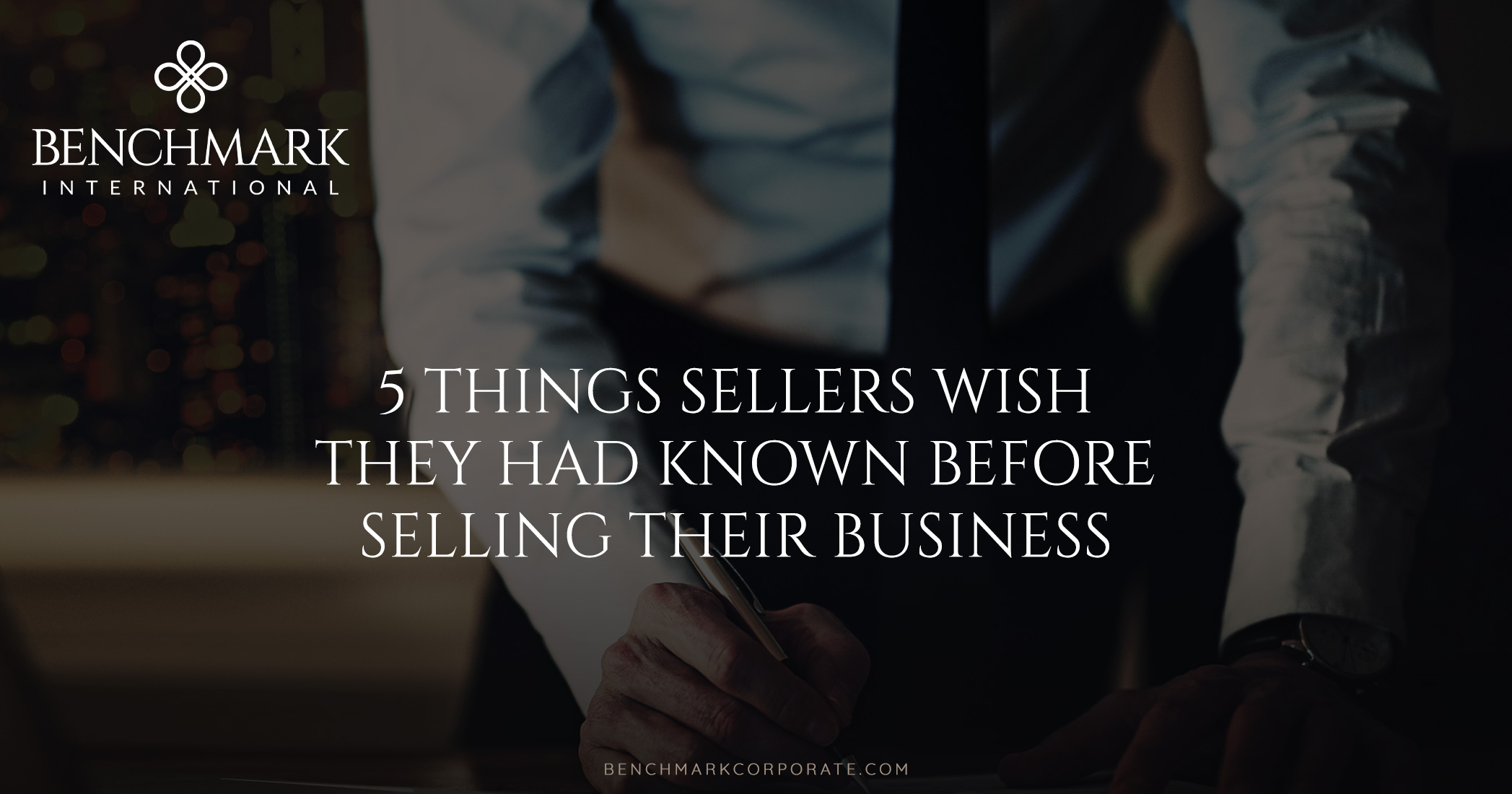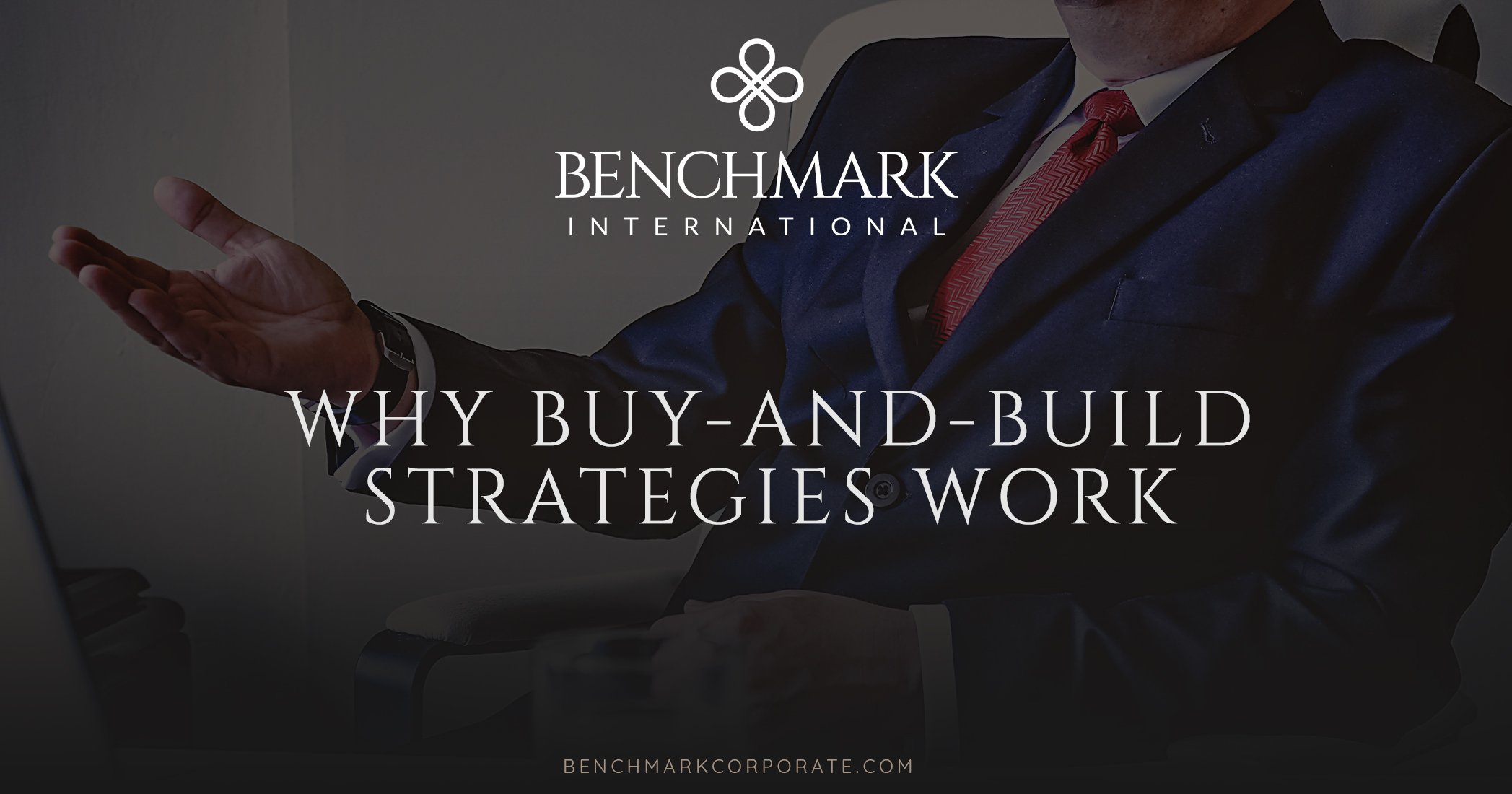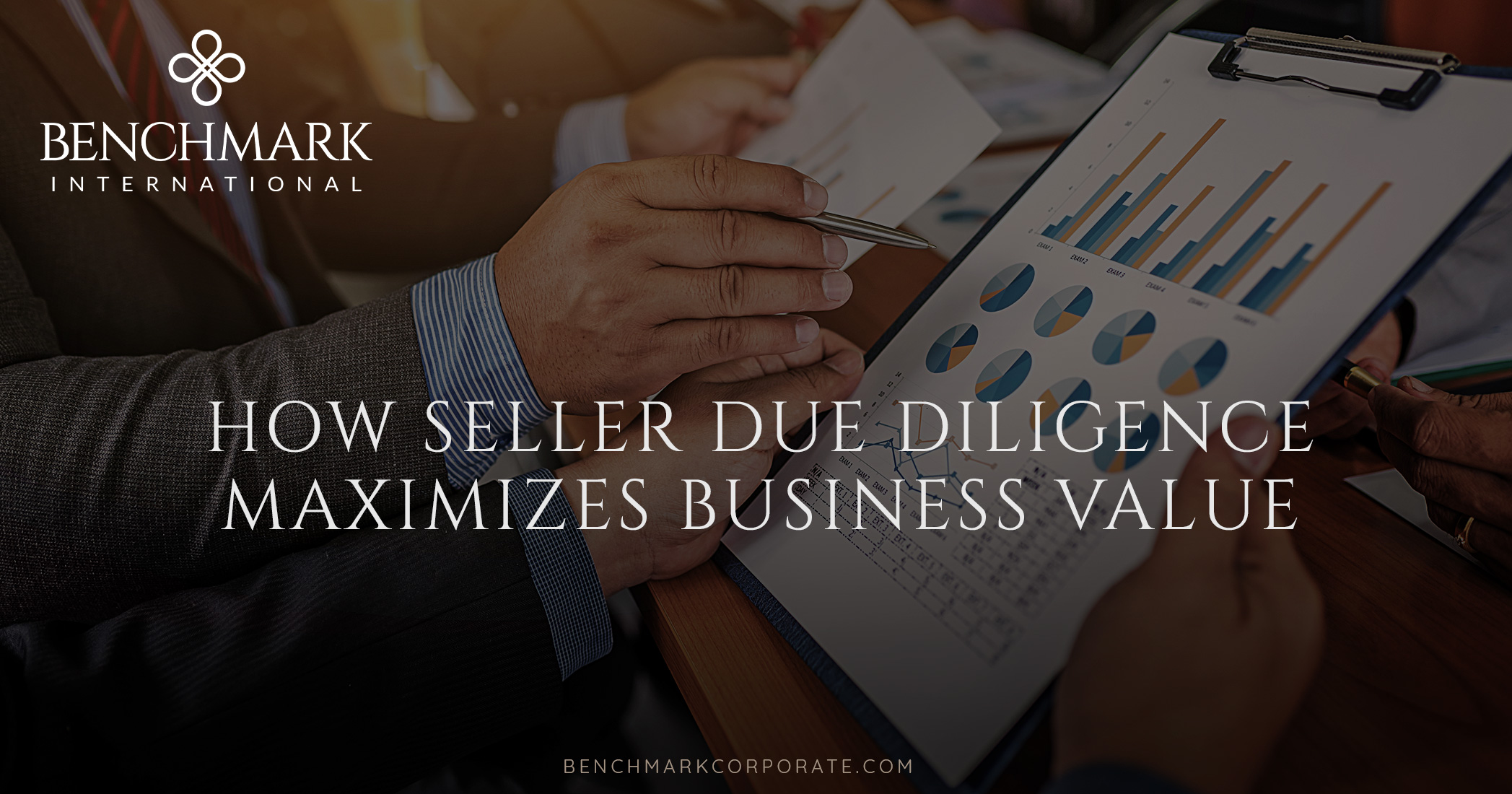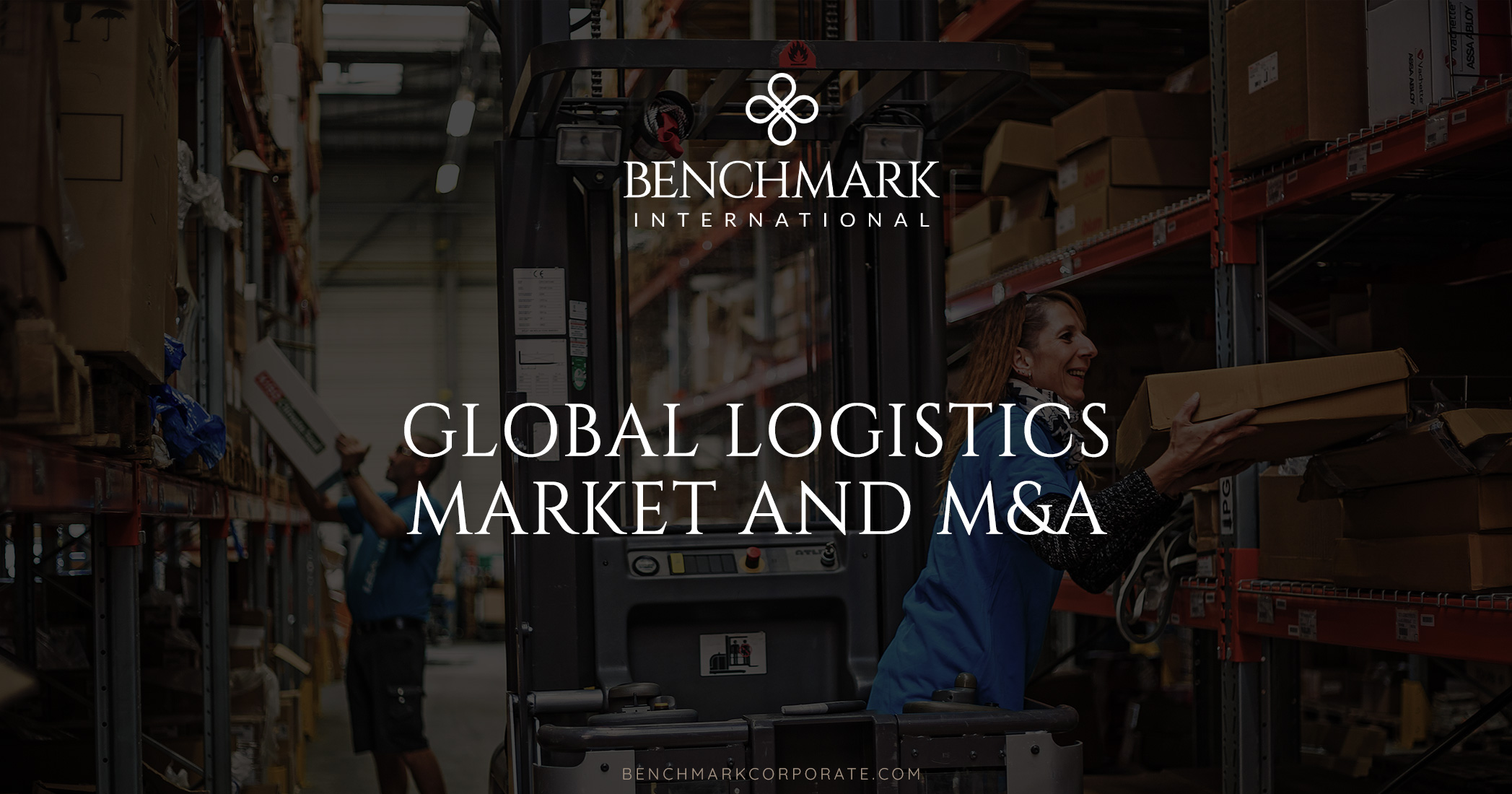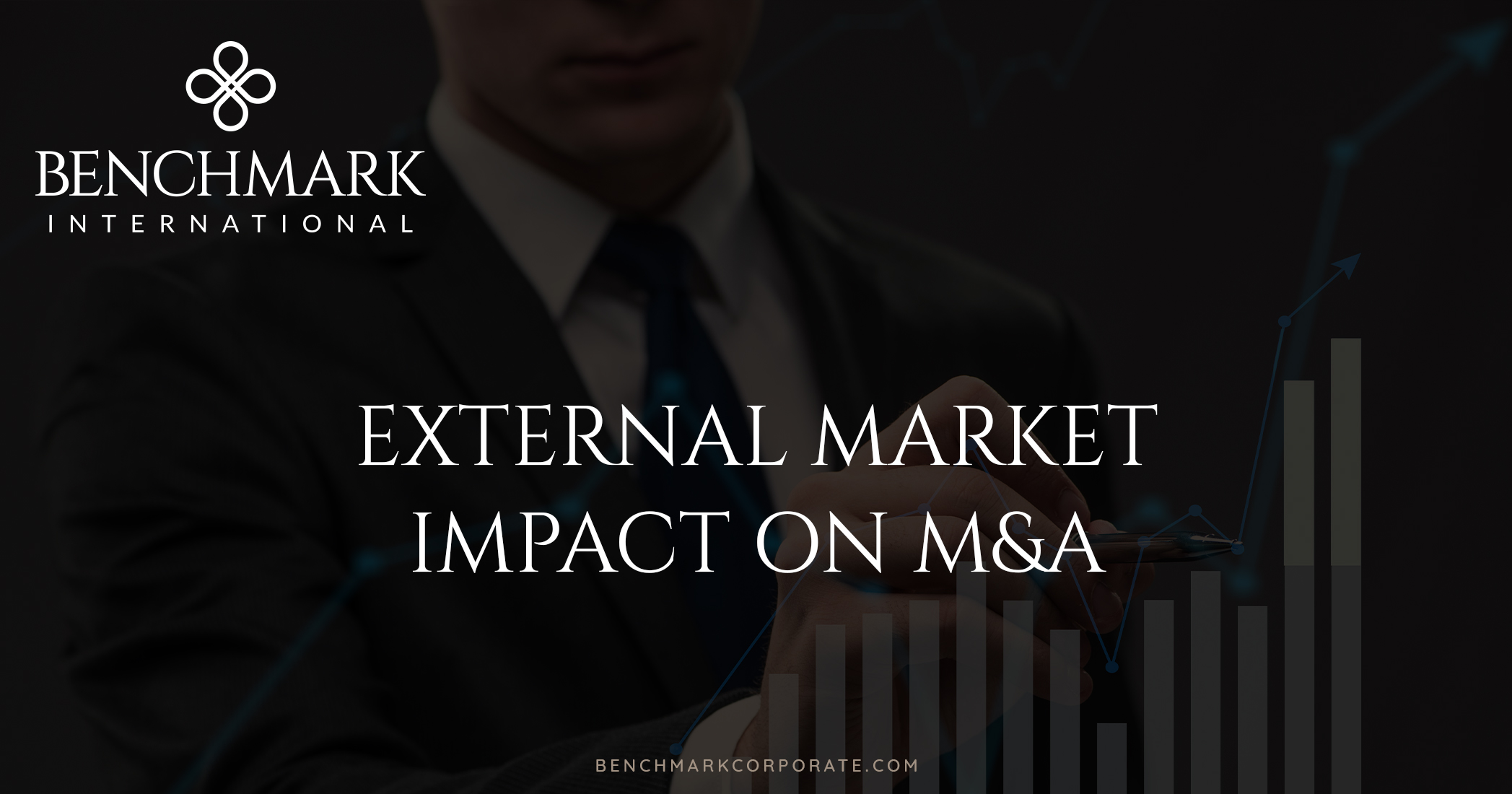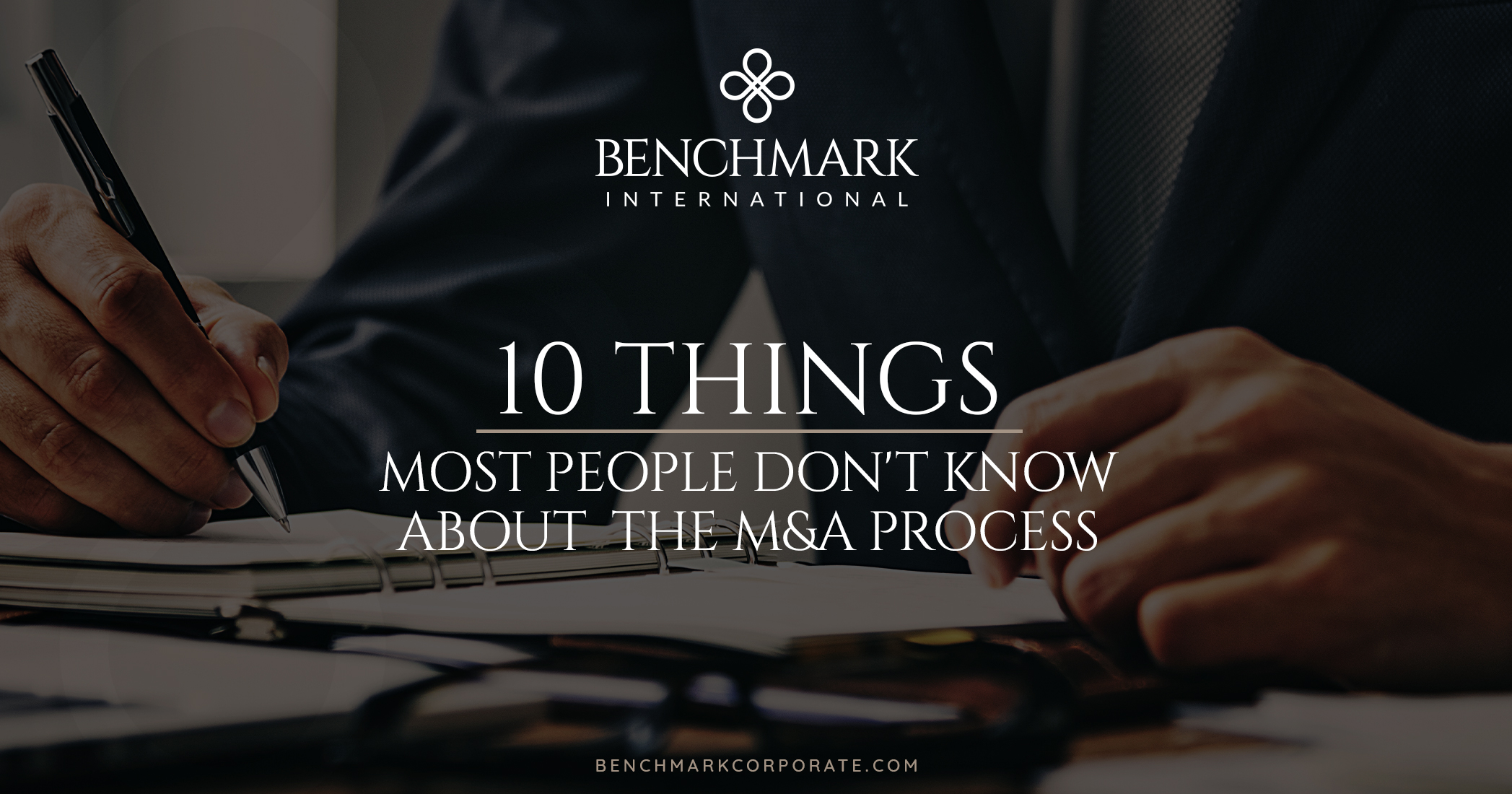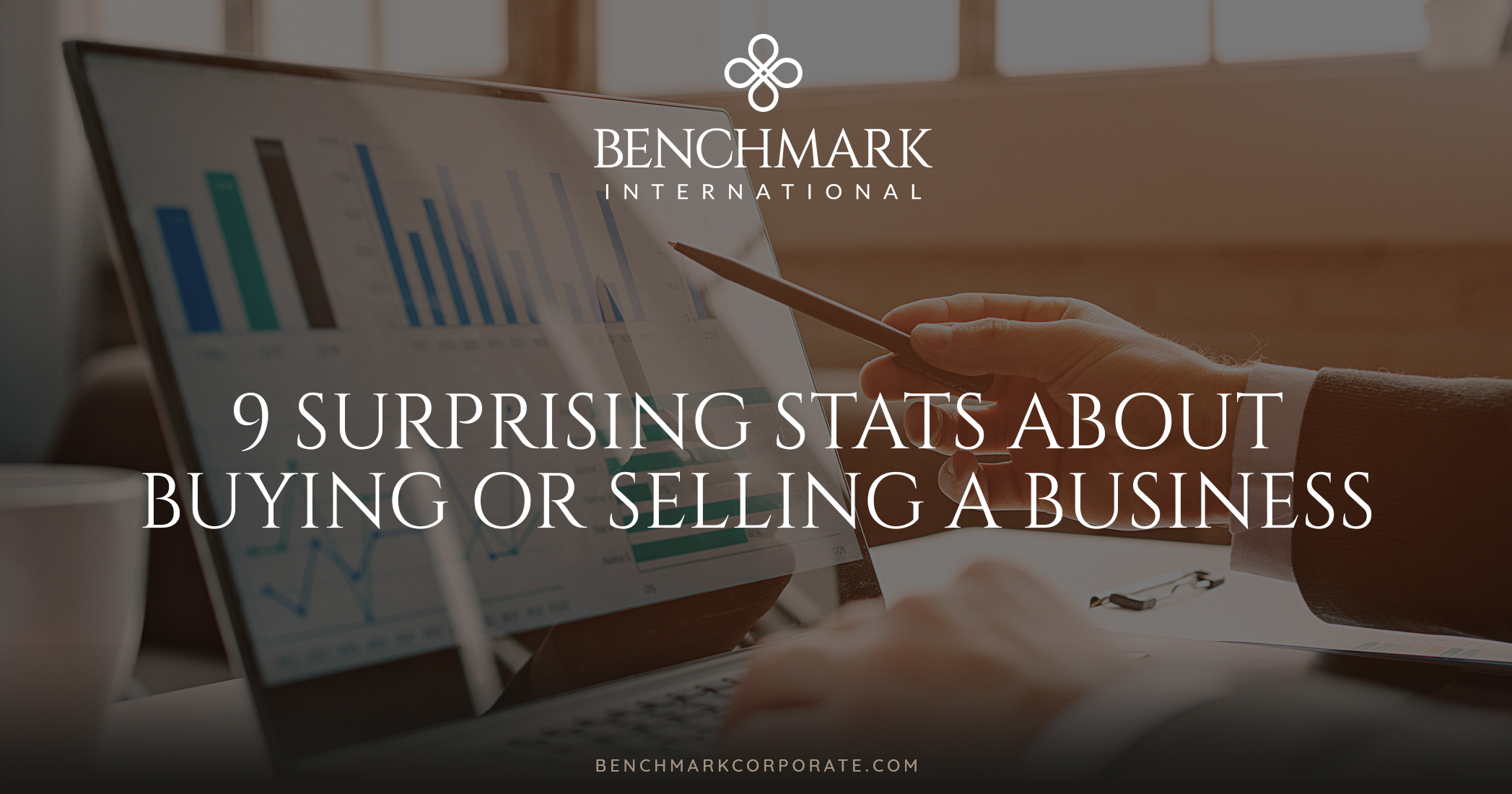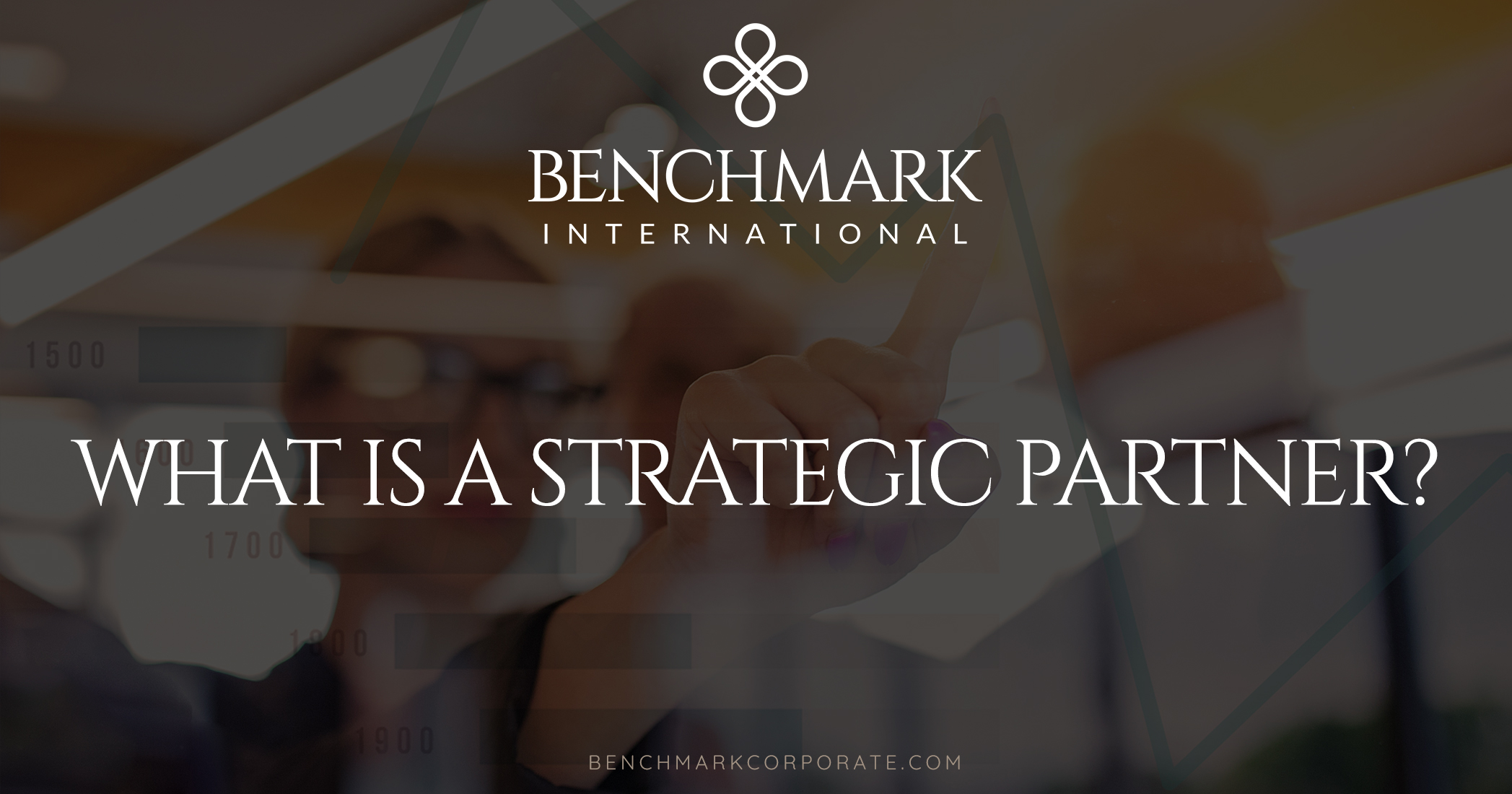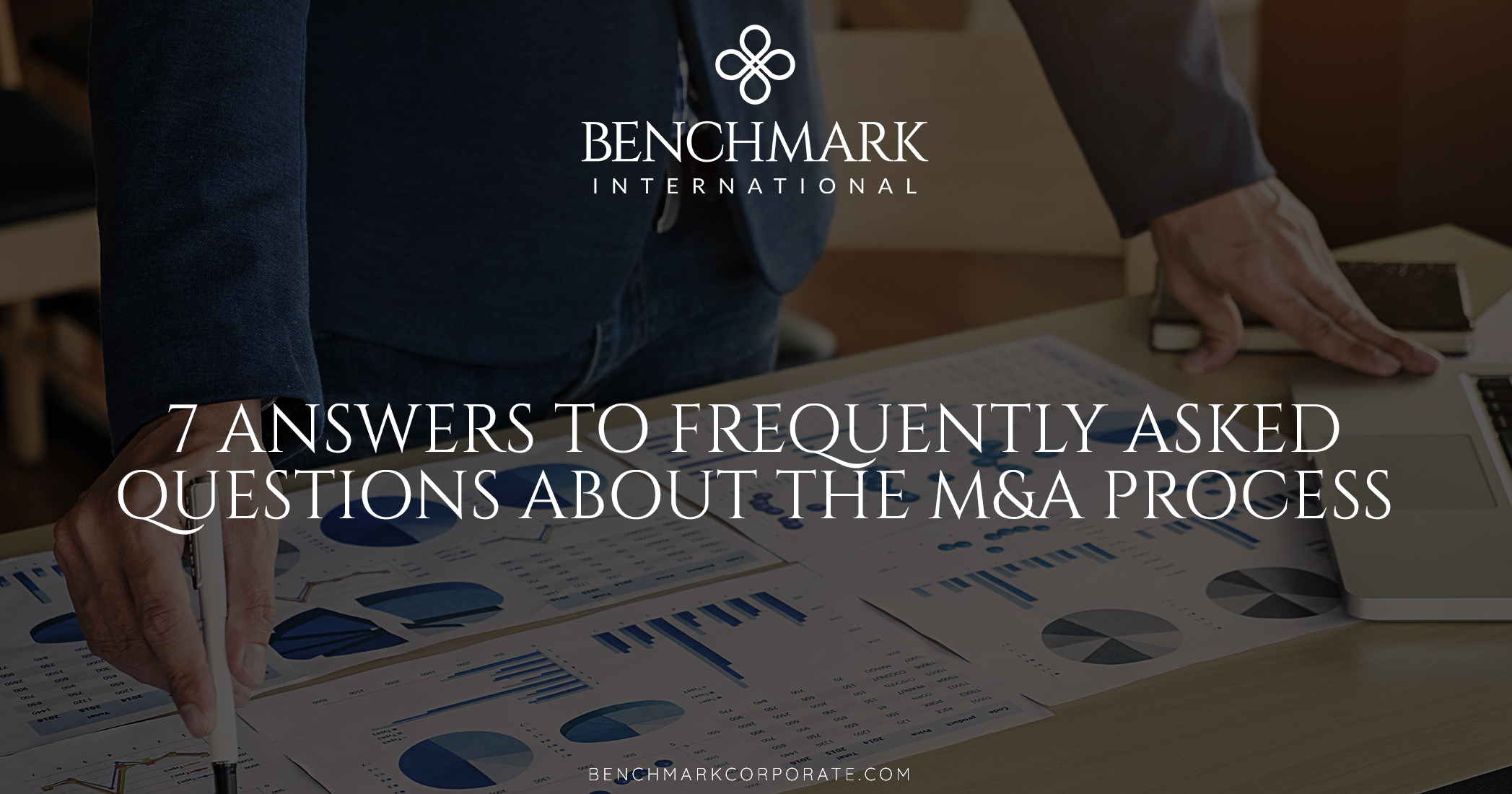Mergers and acquisitions in global government contracting (specifically the technology, aerospace, defense, and government services industries) is a market that tends to remain stable and ripe with opportunity. This sector offers many positive qualities such as revenue transparency and predictability. Strategic buyers seek products, services, sales channels, and geographical presences that broaden capabilities and make them more competitive. Companies with advanced technologies are in an especially advantageous position for acquisition.
Yet, even in an environment that consistently sees a strong flow of defense M&A deals, there is a heightened level of risk with plenty of opportunity for errors and setbacks. The business of government contracting is highly regulated and can be extremely complex, with a great deal of challenges. It is also subject to the effects of government spending budgets—and budget cuts.
Governments enforce intricate legal and regulatory requirements. Failure to adhere to these requirements can result in government actions that include contract termination, suspension, debarment, damages and penalties. Suspension and debarment, which means that a company can no longer conduct business with the government, can be a result of unfair trade practices, fraud, commission of crimes, and even a lack of business integrity or honesty. There is also a great deal of emphasis placed on conflicts of interest.
With so many possible risks, careful planning is imperative when considering a transaction in this space. It is recommended that sellers engage M&A experts with a strong reputation, transaction experience in their sector, and strong connections within the global buyer community.
It is also recommended that sellers prepare for a sale from the perspective of the buyer.
- Determine areas of exposure. Due diligence is always important in determining an accurate valuation of a company, and this is even more so in the case of government contractors. It demands a meticulous level of scrutiny. The company’s level of compliance can directly impact the valuation. Often, many contracting companies also run commercial businesses and have less strict compliance programs versus pure government contractors, yet carry the same risks.
- Assess risk and successor liability. Serious risk mitigation strategies are necessary when it comes to proper recordkeeping regarding compliance, including cyber-security and socio-economic topics, as well as a lack of negative factors such as prior suspensions or debarments, tax violations, investigations, and claims. Additionally, what is the exit strategy that is in place, and how can it improve the quality of buyer conversations and increase valuation?
- File regulatory notices and approvals. Be prepared for the filing of government notices, regulatory approval prerequisites, and post-M&A integration. These filings should be identified in the agreement, and the parties should preemptively agree to a process for securing government approvals.
Other important considerations regarding government contracts mergers and acquisitions that any seller should anticipate include:
- Analysis of existing and prospective government contracts held by the entity to be acquired and assignment of contracts to the buyer
- Any potential socio-economic impacts as a result of the transaction
- The transfer of facility and top-secret clearances, as well as intellectual property rights
- Assessment of conflicts of interest that could exclude the buyer from future contracts
- Whether the target company is compliant with specific government regulations
- Any existing subcontracts and teaming agreements
- Past performance of the target company and its impact on the buyer’s ability to win other government contracts
Foreign transactions may face additional challenges in completing M&A transactions in the government-contracting sector. These include more stringent due diligence processes, export law compliance, security clearances, cultural differences, and foreign investment scrutiny. This applies even further regarding higher risk regions, such as Africa.
In the case of cross-border deals, there are key concerns as to:
- Whether the seller is considered an inverted domestic corporation and no longer eligible for future government contracts
- If there should be inclusion of a board of directors as part of a mitigation plan to allow continuation of the seller’s facility clearance
Proper due diligence can identify risks in a transaction, create accurate representation and certifications, confirm that the adequate disclosures and indemnifications are obtained, and secure necessary government approvals, resulting in a successful and profitable acquisition.
Contact Us
If you are interested in making a move in this sector, please consult with our international M&A specialists, as we have the desired experience in transactions involving government contractors and companies that support them.
READ MORE >> Benchmark International
Benchmark International  Benchmark International
Benchmark International 







